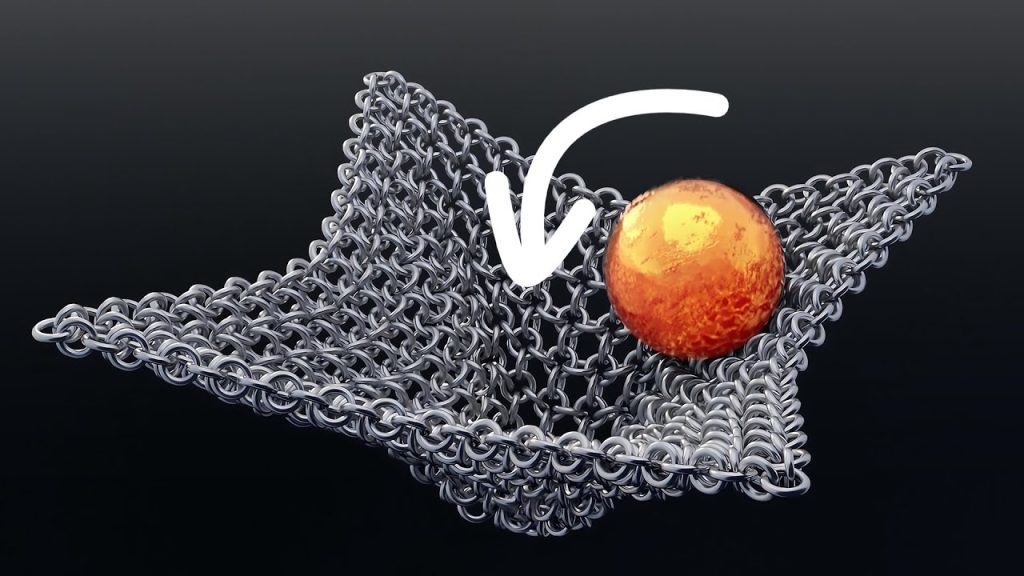Unlocking the Future of Virtual Reality From Chains to Change

Imagine a world where chains hold firm against any pressure. Welcome to the future of virtual reality simulations.
New techniques are revolutionizing how virtual worlds are created, solving challenges that have long baffled traditional methods.
Virtual Reality: Breaking Chains and Barriers
In the world of virtual reality simulations, extraordinary things are happening, but not always without challenges. These simulations often struggle with certain scenarios, such as heavy weights impacting smaller objects or scenarios filled with high friction. These tasks are notoriously challenging for traditional simulation methods, leading to unexpected failures or inaccuracies.
The Game-Changing Technique
Thankfully, a new technique has emerged that changes everything. This method allows simulations to handle difficult tasks like never before. For instance, the technique enables virtual chain links to withstand the pressure of a heavy ball, a scenario that previously resulted in breakage. It’s a breakthrough that makes the impossible possible.
A New Perspective on Time
This innovative method doesn’t just stop at handling pressure and friction. It also changes how time is perceived within these virtual worlds. In previous simulations, watching sand flow through an hourglass could appear disjointed, almost as if time was randomly speeding up or slowing down.
With the new technique, these jarring time jumps are no more. The flow becomes natural and seamless, eliminating discrepancies and presenting a coherent temporal sequence. It’s like watching an action movie without the awkward cuts.
This advancement opens up new possibilities for virtual scenarios, enhancing realism and engagement.
Experimentation and Surprises
As researchers push the boundaries of this technique, surprises abound. In one experiment, virtual bolts are screwed in seamlessly, previously a point of instability due to excessive friction in older methods. This stability and ease mark a significant leap forward in simulation technology.
Another experiment reveals the method’s capability to simulate a castle’s destruction in a slowed, detailed manner. Even complex simulations involving thousands of grains, like pyramids, now compute friction accurately, demonstrating the robustness of this method across varying scenarios.
These experiments underline the revolutionary nature of the technique, promising smoother, faster, and more realistic virtual experiences.
Real-World Implications
The implications of these advancements extend beyond mere virtual experiments. In practical applications, these improvements translate into faster and more efficient processes. This technique not only handles complex tasks but does so with remarkable speed.
In some cases, tasks are completed over ten times faster than before. Such efficiency suggests a future where virtual reality and simulations integrate seamlessly into industries, from gaming to engineering, offering real-time solutions to complex problems.
A New Era of Possibilities
This newfound capability in simulation technology brings about exciting prospects. By allowing the customization of physical laws within virtual environments, one can craft realities that operate under unique rules. This flexibility invites creative exploration and innovation, encouraging the development of new applications and experiences.
As these methods continue to evolve, they promise to redefine the boundaries of what’s achievable in virtual simulations. It’s a dynamic field with endless potential, limited only by imagination.
Ultimately, what was once thought impossible is now within reach, heralding a new era of technological advancement and exploration.
Looking Ahead
While the current capabilities of this technique are impressive, the future holds even more promise. Researchers are optimistic that continued development will lead to even more groundbreaking discoveries.
As virtual simulations become increasingly sophisticated, they will pave the way for innovations in various fields. The prospect of real-time, life-like simulations in video games and other applications is closer than ever before, marking a thrilling time for technology enthusiasts.
This groundbreaking new method is setting the stage for incredible developments in virtual reality.
With endless possibilities on the horizon, the future of simulations looks brilliantly promising.
Source: Youtube





